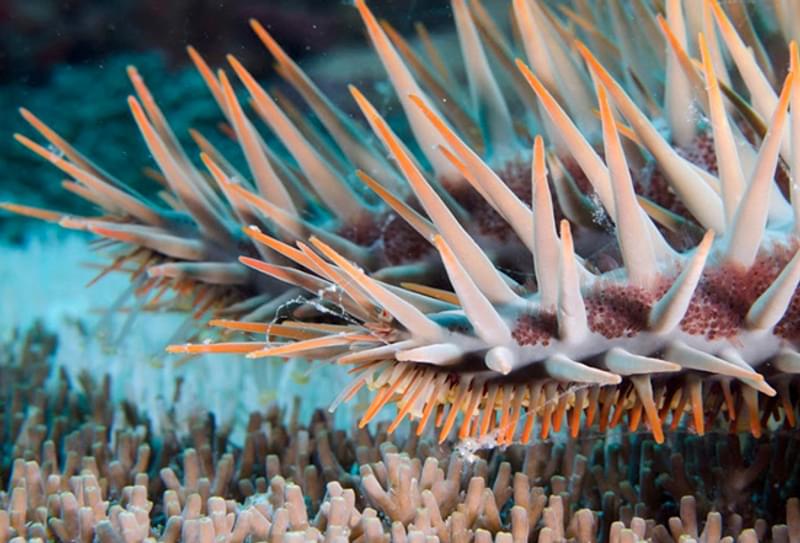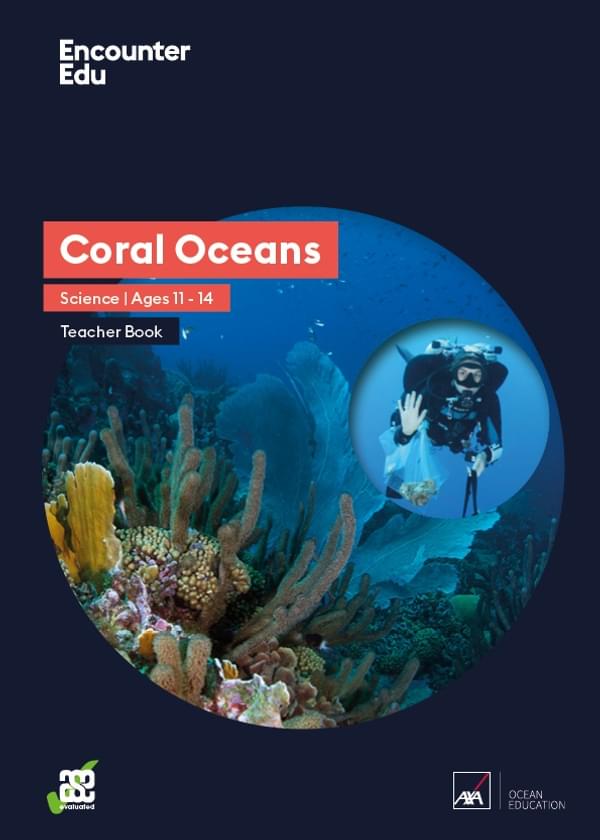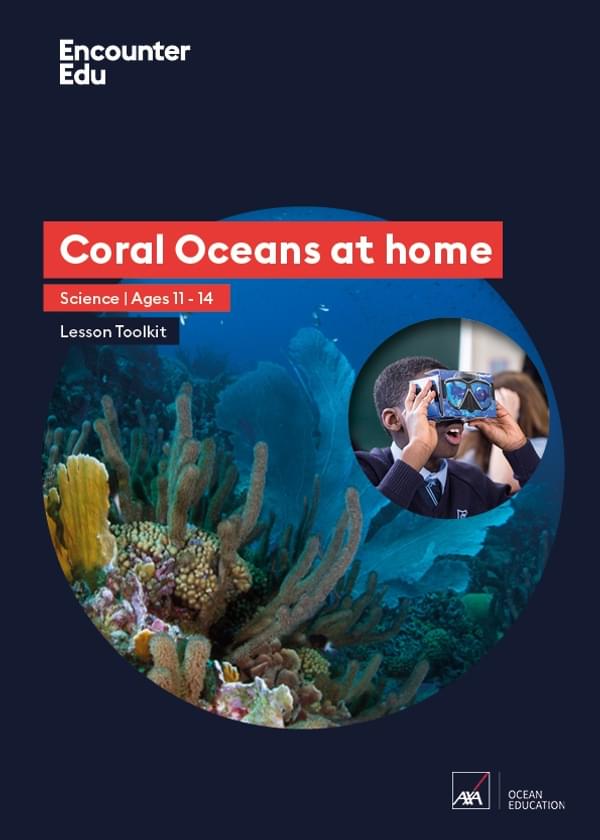Learn more: How does water quality affect the coral reefs?
Land run-off
Land run-off is the process where soil sediments, nutrients, and chemicals are washed into the sea from the land. The amount of land run-off has increased because of changes in land use, including deforestation, land clearing for agriculture, and urbanisation.
An example of this is the increase of cattle farming in eastern Australia. Trees are cut down to make way for cattle. Their hooves break down the ground into dust, which is worsened by dry weather. All this dusty soil is then washed away during periods of sudden rainfall.
The change in the weather patterns in Australia have also contributed to land run-off. Australia is experiencing periods of drought, followed by periods of intense rain.
There are several problems associated with land run-off that affect the Great Barrier Reef. The first is connected to the amount of soil in the water being washed out over the reef. This increases turbidity and sedimentation.
Turbidity is the measure of the cloudiness of the water, and if the water is cloudy, less light can get through to organisms that need sunlight for energy. This includes the coral zooxanthellae, which provides corals with up to 90% of their energy. Sedimentation is when the soil settles on the bottom of the reef and can smother coral and other reef organisms.
Other nutrients in the run-off include phosphates and nitrates used as fertilisers. These help to increase algal growth on the reef, sometimes tipping the balance in favour of algae over coral. These nutrients have also been blamed for the destructive outbreaks of crown-of-thorns starfish.
Lastly, pollutants such as herbicides used on farms can disrupt photosynthesis in seaweed, seagrass, red coralline algae, corals, and other creatures.
 XL Catlin Seaview Survey
XL Catlin Seaview Survey
Crown-of-thorns starfish
The crown-of-thorns starfish has been responsible for some of the worst damage to coral on the Great Barrier Reef in recent years. Research by the Australian Institute of Marine Science blames crown-of-thorns starfish for 42% of the loss in coral cover between 1985 and 2012.
This starfish is unusual in that it is a specialist corallivore. The crown-of-thorns starfish wraps itself around the coral structure and then throws up over the surface of the coral. Digestive juices dissolve the polyps which are then absorbed as food.
Covered in poisonous spines, the crown-of-thorns starfish has few natural predators. Some species of fish and the Triton's trumpet snail do eat this starfish, but their numbers are not sufficient to control outbreaks. Even the eggs contain a toxin, preventing them from being eaten by fish.
A number of reasons have been given for the increase in frequency and severity of crown-of-thorns outbreaks:
- overfishing of natural predators such as Triton's trumpet
- increased nutrients from land run-off have provided more
- food for the crown-of-thorns larvae
- it is a natural phenomenon
Recent research gives strong support to the theory that run-off into lagoons contributes to these outbreaks.

Science | Ages 11-14
Coral Oceans
These resources for ages 11-14 are based on the journeys undertaken by science teams taking part in the XL Catlin Seaview Survey expeditions. Starting with the Great Barrier Reef in 2012, these expeditions seek to create a baseline survey of the world's reefs as well as more in-depth research on the deep reef lying between 30m and 100m.
